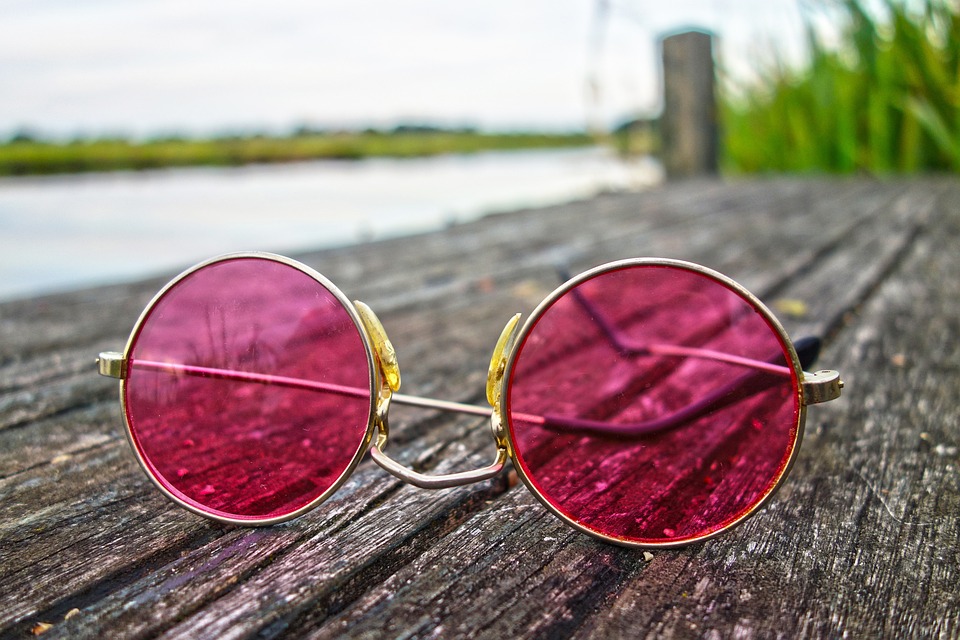Why Slow Fashion is the Future of Sustainable Style
Introduction
In recent years, the slow fashion movement has gained immense popularity as people become more conscious of the environmental and social impacts of the fashion industry. Slow fashion encourages consumers to reduce their consumption and opt for high-quality, ethically produced garments that last longer. This article explores why slow fashion is the future of sustainable style and its potential to revolutionize the fashion industry.
I. The Fast Fashion Problem
Fast fashion has dominated the industry for decades, characterized by low-cost, mass-produced clothing that quickly goes out of style. With rapidly changing trends and incredibly low prices, consumers have been caught in a cycle of buying more and discarding clothing faster than ever before. The consequences of this fast fashion model are detrimental to both the environment and labor conditions.
A. Environmental Impact
The fashion industry is known as one of the most polluting industries globally, accounting for a significant share of greenhouse gas emissions, water pollution, and waste generation. Fast fashion brands often employ unsustainable practices, such as intensive farming of raw materials, excessive water usage, and the release of toxic chemicals into water sources during clothing production. Additionally, the lifecycle of fast fashion garments is typically short-lived, leading to mountains of textile waste piling up in landfills.
B. Ethical Concerns
Fast fashion is notorious for its exploitative labor practices, including low wages, long hours, and unsafe working conditions. Fast fashion brands outsource their production to low-wage countries, where workers often face human rights violations and are subject to dangerous working environments. Supporting fast fashion inadvertently perpetuates this cycle of exploitation and unfair treatment of garment workers.
II. Slow Fashion Principles
The slow fashion movement proposes an alternative approach to fashion consumption, focusing on sustainability, ethical production, and durability. By adopting slow fashion principles, individuals can contribute to a more sustainable and equitable fashion industry.
A. Quality over Quantity
One of the core principles of slow fashion is prioritizing quality over quantity. Slow fashion encourages consumers to invest in timeless, high-quality garments that are made to last. By purchasing fewer, but better-made items, we reduce our overall consumption and contribute to a more sustainable system.
B. Ethical Production
Slow fashion emphasizes the importance of ethical production practices. This means fair wages for workers, safe working conditions, and transparency throughout the supply chain. Slow fashion brands often work with artisans and small-scale producers who prioritize craftsmanship and traditional techniques, avoiding exploitative labor practices.
C. Reduce, Reuse, Recycle
Another key principle of slow fashion is reducing waste through the 3Rs: reduce, reuse, and recycle. Slow fashion encourages consumers to mend and repair their clothing, repurpose old items, and recycle or upcycle materials to reduce textile waste. By extending the lifespan of garments, slow fashion minimizes the environmental impact associated with clothing production.
III. Advantages of Slow Fashion
Why is slow fashion gaining traction worldwide? Let’s delve into the advantages of slow fashion that make it the future of sustainable style.
A. Environmental Sustainability
By promoting conscious consumption, slow fashion significantly reduces the environmental impact caused by the fashion industry. With a focus on durable garments made from sustainable materials, slow fashion contributes to resource conservation, reduces waste generation, and minimizes carbon emissions.
B. Economic Resilience
Slow fashion supports local and small-scale producers, artisans, and independent designers. By investing in slow fashion, consumers are actively contributing to the local economy and creating a more resilient and diverse fashion industry. This shift away from globalized, mass production allows for creativity and unique designs, fostering a sense of individuality.
C. Social Responsibility
The slow fashion movement places a strong emphasis on social responsibility and ethical practices. By supporting brands that prioritize fair wages, safe working conditions, and transparency, consumers can contribute to the improvement of labor conditions and the eradication of exploitation within the fashion industry.
FAQs about Slow Fashion
Q: Is slow fashion more expensive?
A: While slow fashion may have higher upfront costs, the investment in high-quality, durable garments often pays off in the long run. Instead of continuously buying cheap, disposable clothing, slow fashion encourages consumers to build a sustainable wardrobe that lasts longer, reducing the need for constant replacements.
Q: Where can I find slow fashion brands?
A: Slow fashion brands can be found both online and in physical stores. Many independent designers and ethical fashion brands exclusively focus on sustainable and slow fashion practices. Additionally, some online platforms curate slow fashion brands, making it easier for consumers to discover and support them.
Q: Can I practice slow fashion on a budget?
A: Absolutely! Slow fashion does not require a large budget. Start by examining your wardrobe, identifying essentials, and focusing on versatile pieces that can be mixed and matched. Thrift stores and online marketplaces are great options for finding second-hand, high-quality clothing at affordable prices.
Q: How can I contribute to slow fashion as a consumer?
A: As a consumer, you can contribute to slow fashion by adopting conscious consumption habits. This includes buying from ethical and sustainable brands, reducing clothing purchases, recycling and upcycling old garments, and prioritizing quality and durability in your clothing choices.
Conclusion
The slow fashion movement holds the key to a more sustainable and ethical fashion industry. By shifting our mindset towards conscious and responsible consumption, we can reduce our environmental footprint while empowering workers and supporting local economies. Slow fashion is not just a passing trend but the future of sustainable style. Embracing slow fashion means embracing a more socially and environmentally responsible way of dressing.


